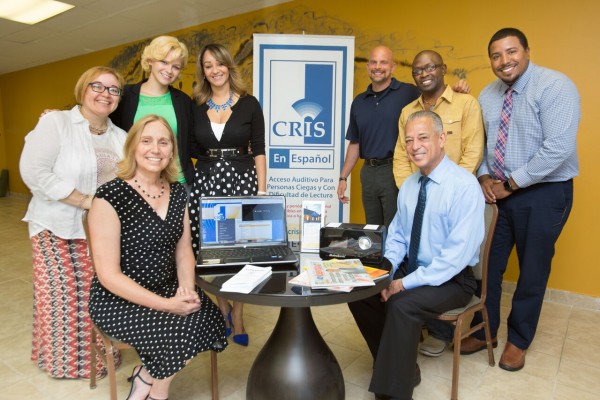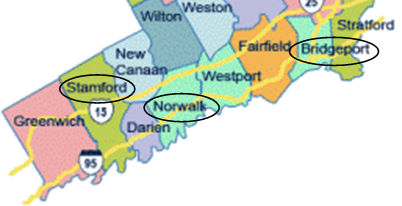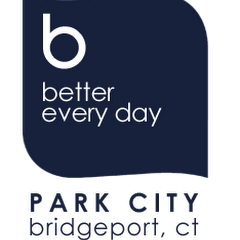Building Police-Community Connections As Diversity Lags in Hartford
/When Governing magazine examined the diversity within local police departments, compared with the communities they serve, Hartford was among the ten cities with the largest disparity. But two recent programs that have also received national attention underscore the city’s efforts to strengthen relationships between police and the community. The data indicated that Hartford’s police department was 35.3 percent minority, in a city where the population is 84.1 percent minority. That was the 7th largest gap in the nation, after Fontana, CA; Edison, NJ; Irving, TX; Grand Prairie TX; Daly City, CA; and Allentown, PA. Using 2013 data, Governing reviewed 269 local police agencies across the country.
The article points out that “although no national standards regarding diversity levels exist, the Commission on Accreditation for Law Enforcement Agencies does require accredited agencies to adopt steps to ensure their workforce mirrors their communities.” It also indicates that “law enforcement experts emphasize that mending fractured relationships with communities takes much more than merely a diverse force.”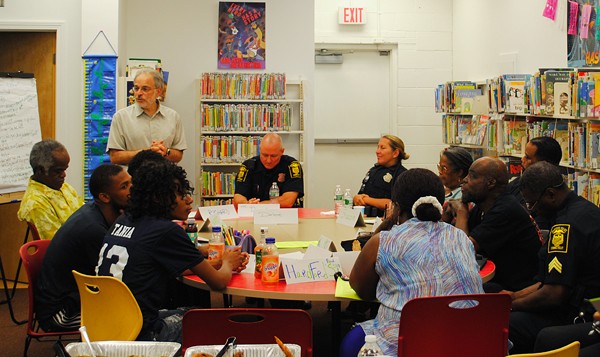
Two locally developed programs, one at the Hartford Public Library (HPL) and the other at the Charter Oak Cultural Center, are working at building police-community relationships.
HPL is one of 10 public libraries in the U.S. that have been participating in the American Library Association’s Libraries Transforming Communities (LTC) initiative since April 2014. The initiative, in collaboration with the nonprofit Harwood Institute for Public Innovation, is an 18-month community engagement training program where libraries learn how to address challenges facing their community.
Hartford’s work was recently featured on the national website of the American Library Association.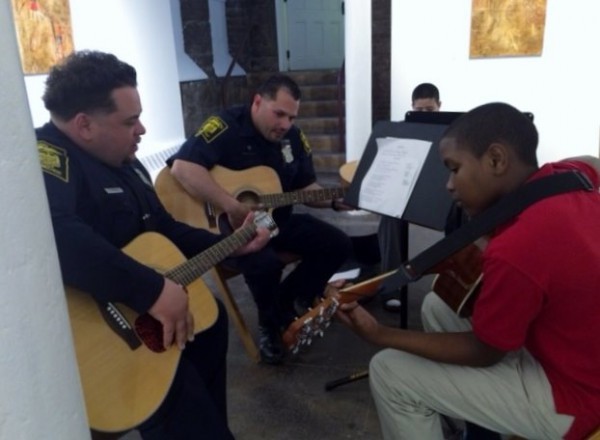
Through eight community conversations in Hartford’s North End neighborhood, HPL found that residents’ main concerns were public safety, community violence, and their relationship with the police. In response, a three-session community dialogue on public safety with police and community members was held, led by HPL community engagement director Richard Frieder. Participants ranged in age from 18 to 87.
During the three sessions, according to published reports, the groups got to know each other; talked about what makes a good neighborhood and what they liked about theirs, what they would like to change, how safe community members feel, and what they believed the residents’ and police officers’ roles were in making the community safe; and figured out how to take action and solve the problems.
Some of the ideas generated include having the police and the community members participate in more activities and learning experiences together, such as block parties and community theater, where they address these issues. Even though the 18-month project officially ends this month, HPL’s staff hopes to sustain the values and goals they developed.
 At the same time, another initiative in the city was taking root – one which soon reached the pages of The New York Times and the attention of the White House.
At the same time, another initiative in the city was taking root – one which soon reached the pages of The New York Times and the attention of the White House.
The Charter Oak Cultural Center’s Good Vibrations program began with a conversation between Hartford’s police chief, James Rovella, and the Center’s director, Rabbi Donna Berman. The innovative program, which began earlier this year, sought to pair middle school age students who were at a crossroads in their lives with Hartford police officers to inspire and inform the youths involved as well as helping to change the community's negative perception of police officers. Nearly two dozen students – and police officers – collaborate on musical instruments, and in composing rap lyrics. The relationships built, and music made, has been described as transformative. Good Vibrations includes two free courses; a Rap Poetry/CD production class, and a guitar class. All the materials are free, including the guitars, which students get to keep.
 Last month, a Hartford police officer and a seventh-grader who participate in the program were honored at the White House as "Champions of Change" for their role in helping to build "bridges between youth and law enforcement, while improving public safety," according to the White House. "During the three-and-a-half month program, officers and youth helped to lift the negative stigma between police and youth through open discussions about racism, crime, government, and family."
Last month, a Hartford police officer and a seventh-grader who participate in the program were honored at the White House as "Champions of Change" for their role in helping to build "bridges between youth and law enforcement, while improving public safety," according to the White House. "During the three-and-a-half month program, officers and youth helped to lift the negative stigma between police and youth through open discussions about racism, crime, government, and family."
One participating middle-schooler told the Times: “I thought police officers were just to catch bad guys and be in a bad tone. But these guys are awesome. They’re always in a good tone with us. They play with us. They tag along in our jokes. They do stuff with us. They help us. They give us advice and everything.”


 Medical technology creates more than two million jobs directly and indirectly across the United States. The industry is one of the few U.S. manufacturing sectors that is a net exporter, and its innovations help reduce the human and economic burden of chronic disease. Industry officials point out that while U.S. leads the world in the development of new medical technology, the device tax “threatens that leadership.”
Medical technology creates more than two million jobs directly and indirectly across the United States. The industry is one of the few U.S. manufacturing sectors that is a net exporter, and its innovations help reduce the human and economic burden of chronic disease. Industry officials point out that while U.S. leads the world in the development of new medical technology, the device tax “threatens that leadership.”

 Recognizing that families and caregivers are the first teachers— and homes and neighborhoods are the first learning environments – the EDI process strives to discern what works best. The EDI is an assessment that provides population-level data by neighborhood on school readiness, and has been used in over 40 communities in the United States and extensively internationally.
Recognizing that families and caregivers are the first teachers— and homes and neighborhoods are the first learning environments – the EDI process strives to discern what works best. The EDI is an assessment that provides population-level data by neighborhood on school readiness, and has been used in over 40 communities in the United States and extensively internationally. dren and families in their neighborhoods.”
dren and families in their neighborhoods.”
 on for Public Giving
on for Public Giving  The Lawrence W. O’Toole Award is given out each year to an individual, organization, school or district exhibiting great leadership through innovation or courage in moving student-centered approaches to learning forward in New England. The winner will receive a $100,000 grant from the Nellie Mae Education Foundation.
The Lawrence W. O’Toole Award is given out each year to an individual, organization, school or district exhibiting great leadership through innovation or courage in moving student-centered approaches to learning forward in New England. The winner will receive a $100,000 grant from the Nellie Mae Education Foundation.


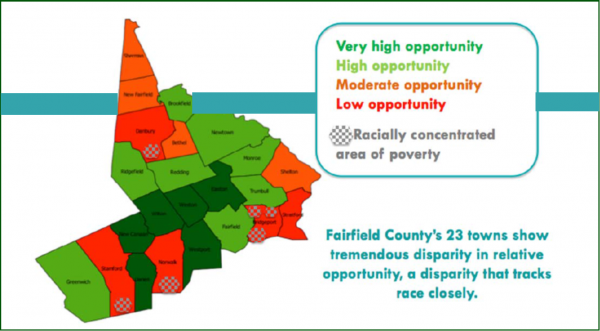
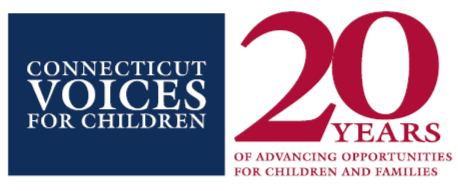
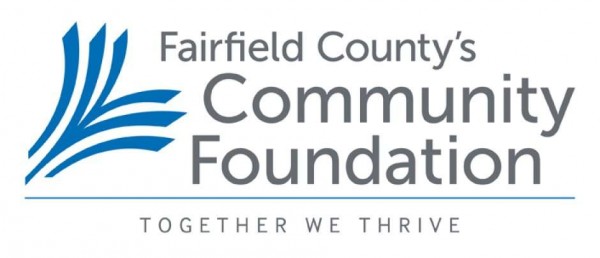
 Connecticut Voices for Children is a research-based think tank that focuses on issues that affect child well-being, from educational opportunity to healthy child development to family economic security. Its mission is to ensure that all of Connecticut’s children have the opportunity to achieve their full potential.
Connecticut Voices for Children is a research-based think tank that focuses on issues that affect child well-being, from educational opportunity to healthy child development to family economic security. Its mission is to ensure that all of Connecticut’s children have the opportunity to achieve their full potential.






